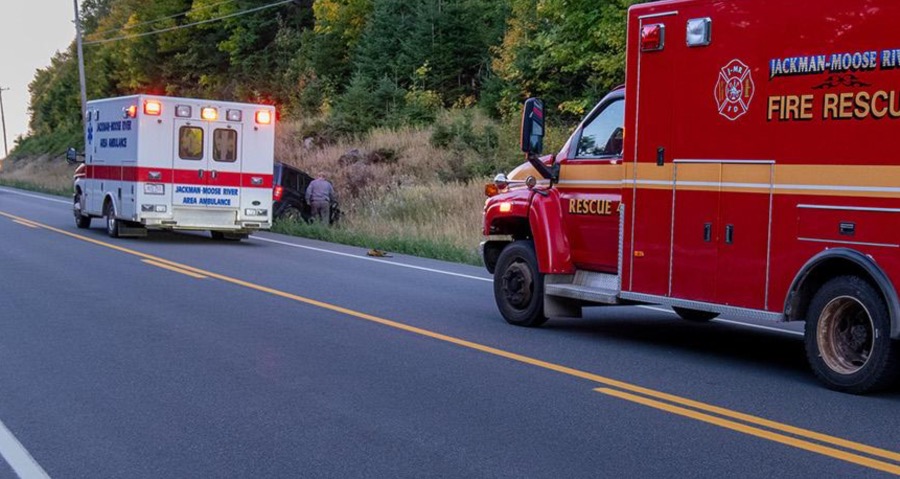
EMS is at the nexus of public safety and healthcare — a position that carries many responsibilities and challenges. Just some of these include administering life-saving medical care, serving as health ambassadors within communities, and collecting and transmitting critical patient data. FirstNet can be an important and cost-effective tool for EMS in supporting these roles.
Here are five ways to leverage FirstNet for EMS operations:
Push-to-talk is an invaluable communications tool that instantly connects EMS with dispatch and other first responders with the push of a button. Push-to-talk over FirstNet offers cost savings and added capabilities when compared to using only land mobile radios.
For EMS, push-to-talk over FirstNet is a way to extend and expand your communications without investing in and maintaining expensive radio devices and licenses. The cost of a push-to-talk device or smartphone is a fraction of the cost of a radio.
FirstNet can integrate with land mobile radio networks for interoperability. This means EMS officials can use push-to-talk over FirstNet from almost anywhere in the country and still communicate with their radio network back home.
The EMS community is a vital part of our nation’s public safety efforts, especially in rural areas. All EMS providers need strong communications capabilities and coverage that they can rely on. FirstNet provides important communication benefits to individual and volunteer EMS personnel who often operate on limited budgets with fewer resources.
FirstNet has a subscriber-paid program that allows individual first responders to sign up for FirstNet services. Volunteer and individual EMS personnel can subscribe to FirstNet on their personal devices to get prioritized communications, increased capacity and coverage, and solutions designed for public safety operations.
For smaller volunteer EMS agencies, FirstNet levels the playing field, giving access to the same quality of services and products that larger agencies typically have.
A useful piece of technology for EMS is FirstNet’s high-power user equipment, or HPUE. HPUE boosts signal power up to six times the normal strength at the edges of the network. HPUE can keep ambulances connected even in the harder-to-reach places — in both rural and urban environments.
HPUE gives public safety devices the power to punch through and maintain connection to the network when traditional devices might slow or drop off entirely. At the edge of the network’s reach, HPUE improves connectivity and uplink data speeds to keep first responders communicating.
With HPUE’s increased signal, EMS and other first responders get an enhanced experience with better range, coverage, penetration, and capacity for their devices.
FirstNet’s Cell Booster Pro is a valuable tool for EMS to bring FirstNet service inside buildings where signal is traditionally weak due to the building’s structure, layout, or geography.
The Cell Booster Pro is a device that acts as a miniature cell tower to improve the quality of your agency’s indoor FirstNet service. It can be deployed in EMS stations or hospital emergency departments to bring FirstNet coverage where EMS personnel work indoors.
Each Cell Booster Pro device provides up to 15,000 square feet of coverage. A maximum of three devices can be deployed in a single location, so the solution can provide in-building coverage to a facility as large as 45,000 square feet.
Through an investment from the FirstNet Authority, Cell Booster Pros can be provided at no cost to subscribing agencies. This makes a difference for agencies with tight technology budgets.
Whether it’s transmitting 12-lead data from cardiac monitors, uploading patient records, or sending electronic patient call records, a large amount of data flows out of the ambulance. Collecting and sharing data is critical to EMS operations. FirstNet provides the quality of service, priority, and preemption to transport this data reliably and securely.
When administering life-saving medical care, first responders should not be burdened with the intricacies behind a secure communications system. FirstNet was built for the demands of public safety communications. The network provides a comprehensive communications solution that navigates security and authentication procedures so first responders can focus on doing their jobs.
